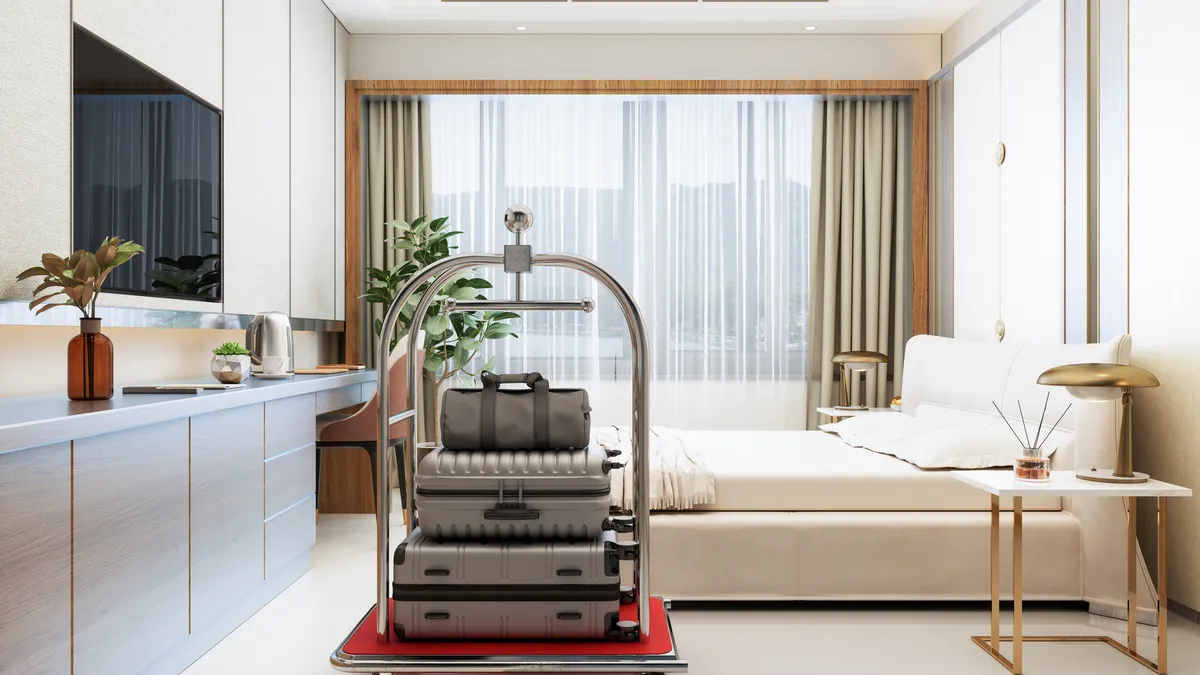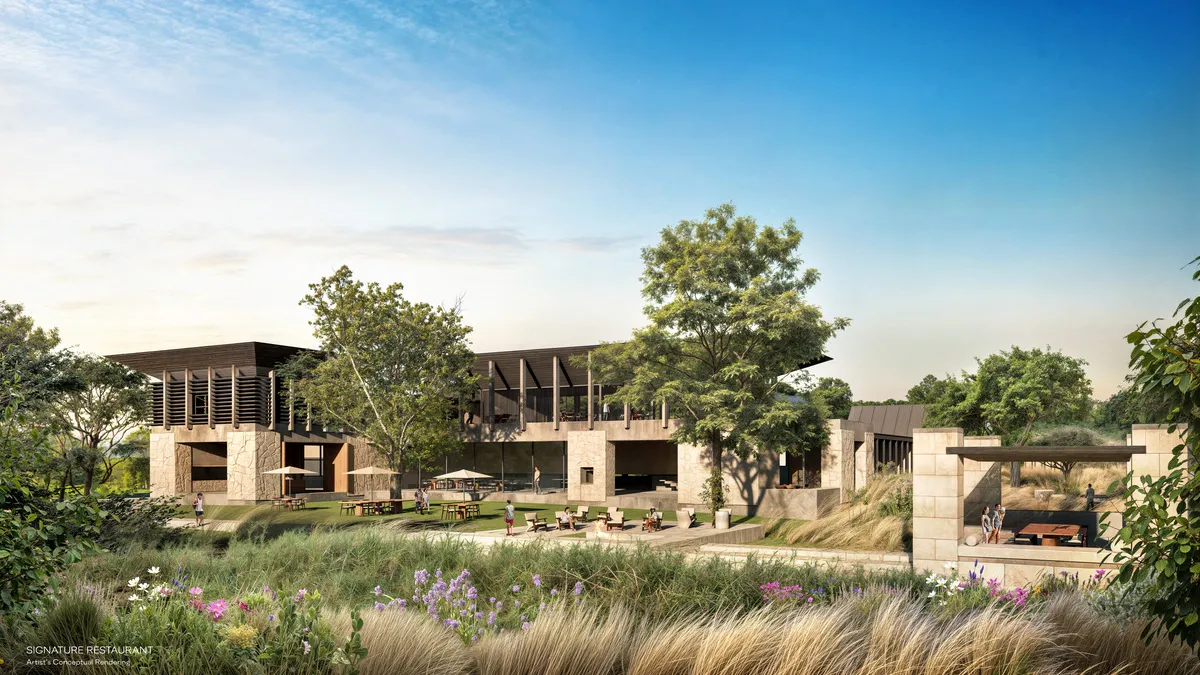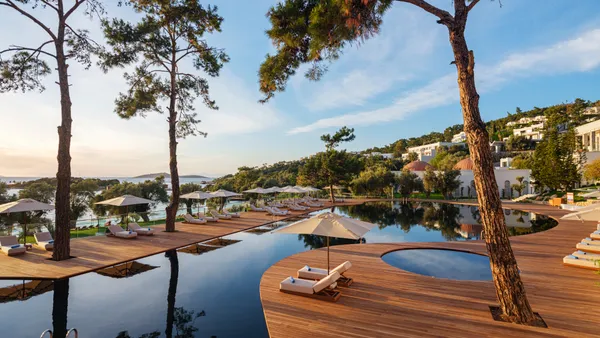Dive Brief:
- CBRE Hotels Research analyzed 10 years of hotel brand performance for six large public hotel companies — Choice Hotels International, Hilton, Hyatt, IHG Hotels & Resorts, Marriott International and Wyndham Hotels & Resorts — as disclosed in their SEC filings.
- Out of the companies’ 49 brands, only 10 achieved RevPAR growth that met or exceeded the 2.9% compound annual growth rate of the Consumer Price Index from 2013 to 2022. The remaining 39 brands had RevPAR growth that either failed to keep pace with inflation or was negative, the real estate services and investment firm’s report found.
- Meanwhile, the strongest performing brand family reported a RevPAR CAGR of 2.9%, while the weakest experienced a declining RevPAR CAGR of 0.1% over the 10-year period. As a result, CBRE urged hotel owners, developers and investors to examine a brand’s family versus the brand itself, as doing so can have major financial consequences.
Dive Insight:
The six companies CBRE studied have increased their brand count by nearly 70% since 2013, garnering a CAGR of about 6%. On a cumulative basis, the strongest brand family outperformed by roughly 30% over the 2013–2022 period.
The bulk of this growth was in luxury and upper-upscale brands. Luxury has been the fastest-growing segment both by number of brands and room count, increasing by a 7% CAGR from 2013 to 2022.
The report points out, though, that many of these brand families' most recent brand announcements have been in the economy and lower midscale segments. That’s because higher-priced markets have become saturated, making the creation of new niche brands in lower-price tiers increasingly necessary.
CBRE also expects unit growth to shift toward extended stay and limited-service hotels, as well as conversions over the next few years due to flexible work patterns, rising leisure travel, high construction costs and the challenging financing environment.
This prediction supports similar forecasts, including JLL’s U.S. Select-Service and Extended-Stay Hotel Trends and Outlook 2024, which expects the sector to experience further long-term growth in 2024.
The extended stay segment has nearly doubled its room count since 2013, according to the CBRE report, as longer stays have become more popular with guests. In addition, the all-inclusive segment has shown the highest annual CAGR since 2013, as larger brand families, particularly Hyatt, have entered this space.
CBRE also reports that the soft-brand category has grown nearly sixfold to roughly 149,000 rooms during the 10-year period. And although they make up a small percentage of overall supply, soft brands are expected to be a “meaningful driver of growth in the future, particularly in the upper-upscale and luxury segments.” Most major hotel companies now have soft brands, including Hilton’s Curio Collection, Hyatt’s Unbound Collection, Marriott’s Autograph Collection and Wyndham’s Trademark.
Also of note, organically grown brands have outperformed acquired brands during this timeframe. Nearly 40% of brands developed and grown in house had above-average room and RevPAR growth compared with just 17% of acquired brands from 2013 to 2022.










